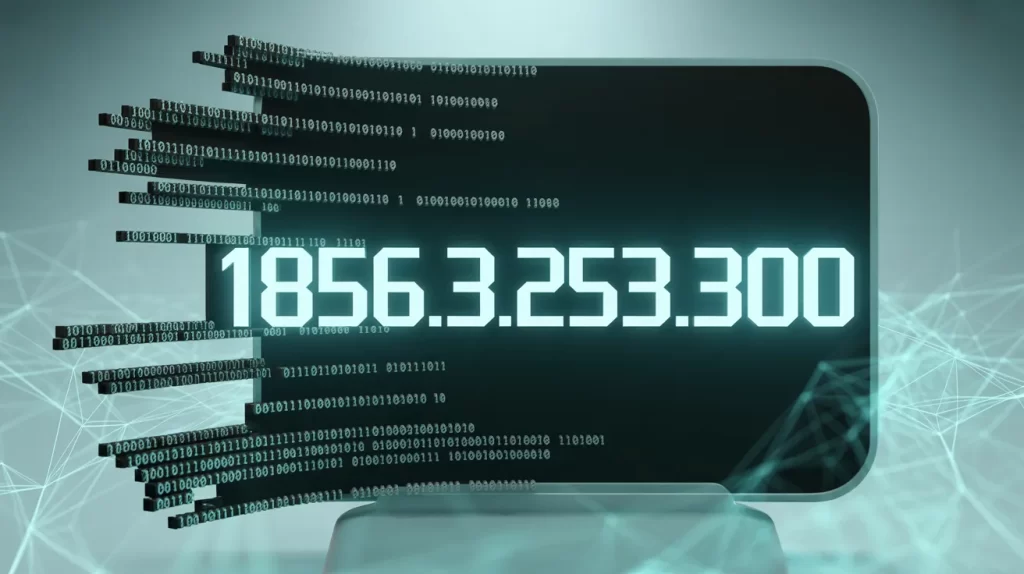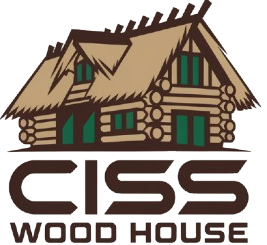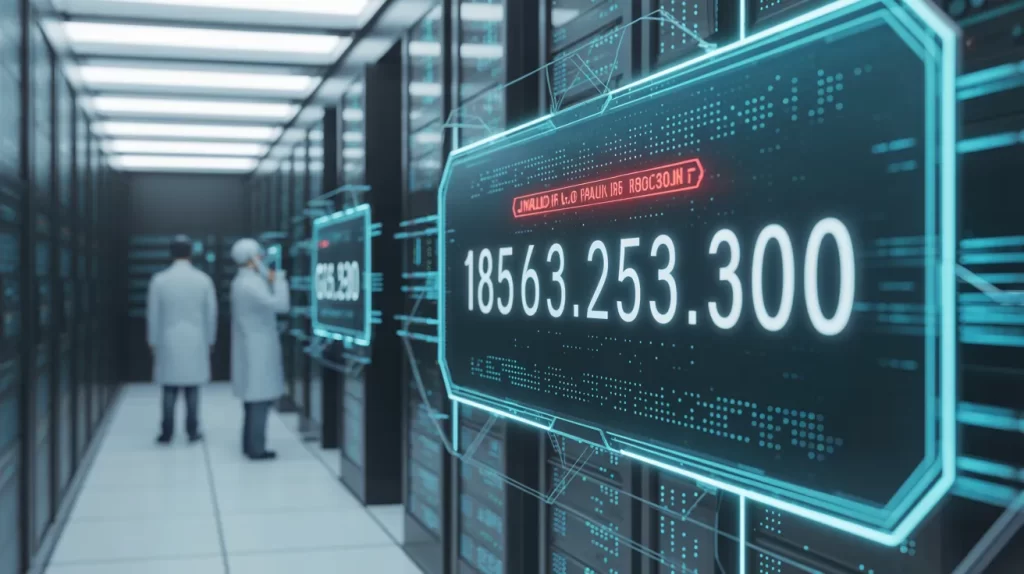Table of Contents
In the digital world, IP addresses are the foundation of how devices communicate over the internet and private networks.
But what happens when you come across an IP like 185.63.253.300? If you’ve spotted this IP address in logs or configuration files, you might wonder if it’s real or usable. The simple answer is it’s not valid.
This article explains why 185.63.253.300 is not a valid IP address, the rules behind IP formats, how to validate them, and what tools you can use to correct such issues.
Whether you’re a network administrator, web developer, or simply curious, this guide provides everything you need to know.
What Is an IP Address?
An IP (Internet Protocol) address is a unique set of numbers used to identify each device connected to a network. Think of it like your home address, but for your device on the internet. Devices use IPs to send and receive information.
Read also: LeahRoseVIP
There are two main versions:
- IPv4 (Internet Protocol version 4): Example – 192.168.1.1
- IPv6 (Internet Protocol version 6): Example – 2001:0db8:85a3:0000:0000:8a2e:0370:7334
IPv4 is the most widely used and is composed of four groups of numbers separated by dots.
Understanding IP Address Formats
An IPv4 address must meet these conditions:
- It consists of four numbers (called octets).
- Each number must be between 0 and 255.
- The format should beX.X.X.X (like 185.63.253.200)
If any of the four numbers is outside this range, the IP is invalid.
Let’s break this down using the example 185.63.253.300.
Why 185.63.253.300 Is Invalid?

Visual representation of IP address 185.63.253.300 used for tracking server location or digital identityThe IP 185.63.253.300 fails the IPv4 standard because of the last number: 300. This figure exceeds the 255 maximum permitted value. Here’s why these matters :
- Computers use binary code, and each number in an IPv4 address must fit into 8 bits.
- 8 bits can represent values from 0 to 255 only.
- Therefore, any number above 255—like 300—is impossible in standard IPv4.
So, even though 185.63.253.300 looks like an IP, it is technically incorrect and non-functional.
Common IP Address Errors and How to Avoid Them
Mistakes with IP addresses are common, especially for beginners. Here are frequent errors:
- Out-of-range numbers (like 300 in our case)
- Missing octets (e.g., 192.168.1)
- Too many octets (e.g., 10.0.0.1.5)
- Leading zeroes (e.g., 192.168.001.001 – can be misinterpreted by some systems)
- Typo errors in manual entries
How to avoid:
- Always double-check IP ranges.
- Use IP validation tools (see below).
- Avoid copying IPs from unknown or untrusted sources.
How to Validate an IP Address?
You can validate IP addresses using:
- Online tools (e.g., IP Validator, DNSstuff, MXToolbox)
- Command-line tools like ping, tracer, or ipconfig
- Programming functions:
- Python: IP address.ip_address()
- JavaScript: Regex or IP libraries
Validating ensures you’re not using fake or misconfigured IPs, which can lead to connection issues or errors in applications.
IPv4 vs IPv6: Key Differences
Understanding both IP types can help reduce errors:
| Feature | IPv4 | IPv6 |
| Format | 4 numbers, separated by dots | 8 blocks of hex, separated by colons |
| Example | 192.168.1.1 | 2001:0db8:85a3::8a2e:0370:7334 |
| Max addresses | ~4.3 billion | ~340 undecillion |
| Common errors | Out-of-range octets | Typing complexity |
Although IPv4 is still commonly used, IPv6 resolves the address shortage. Both systems would still reject IP addresses such as 185.63.253.300.
What Happens If You Enter an Invalid IP?
If you use an invalid IP address like 185.63.253.300, here’s what might happen:
- Web browsers will fail to connect.
- DNS lookups may not resolve.
- Routers might reject the entry.
- Applications may crash or throw errors.
- Security systems could log the attempt as suspicious.
Always use valid and tested IP addresses to ensure smooth operations and avoid troubleshooting headaches.
Tools to Check and Fix IP Address Issues
Here are some free tools to help:
- MX Toolbox – IP lookup, blocklist check
- IP Void – IP reputation and validation
- Ping.eu – Simple IP verification
- WHOIS Lookup – For registered IP details
- IP Address Guide – For learning and tools
These platforms can help you identify invalid addresses and find alternatives or corrections.
Best Practices for Managing IP Addresses
- Use DHCP: Let your router assign valid IPs automatically.
- Keep records: Maintain a log of static IPs and their purposes.
- Use subnets: Organize large networks into smaller, logical segments.
- Avoid manual input: When possible, use scripts or automation.
- Educate users: Train staff to recognize valid and invalid IPs.
A little care with IP management can prevent hours of troubleshooting.
Final Words
To sum it up, 185.63.253.300 is not a valid IP address because the final segment, “300,” is beyond the IPv4 limit of 255.
Device connectivity and communication depend heavily on IP addresses, and utilizing the wrong IP might result in errors and broken connections.
If you encounter IPs like this, use online tools or built-in software features to verify and fix the issue.
Whether you’re managing a home network or working in IT, understanding IP formats and how to validate them is essential for ensuring reliable digital communication.
People also ask
What is the correct format for an IP address?
An IP address must have four octets, each ranging from 0 to 255. The format is X.X.X.X (e.g., 192.168.1.1).
Why is 185.63.253.300 invalid?
The number 300 exceeds the maximum allowable value of 255 for an IPv4 octet, making the address invalid.
What happens if I use an invalid IP address?
Using an invalid IP address may cause connection failures, application crashes, or DNS errors.
How can I validate an IP address?
You can use online tools, command-line tools, or programming functions to validate an IP address for correctness.
What are common IP address mistakes?
Common errors include out-of-range numbers, missing or extra octets, and typos. Always double-check before entering IPs.






